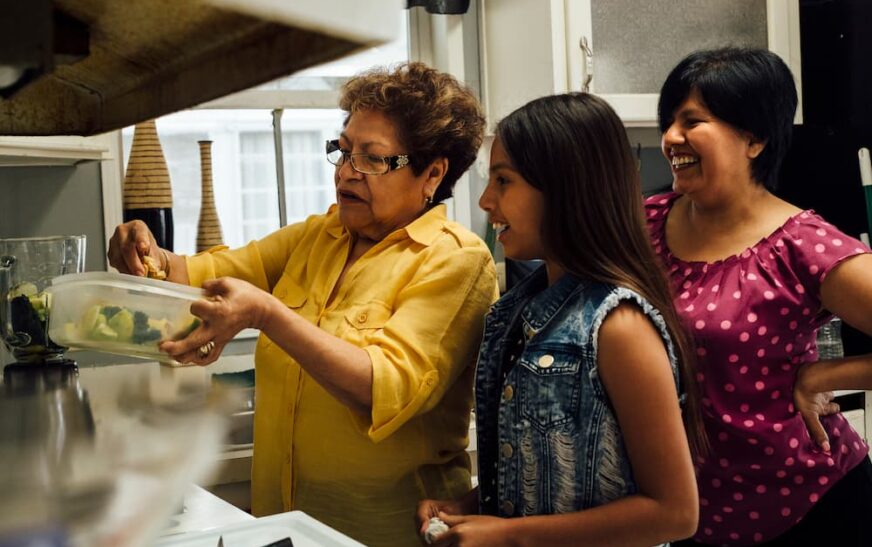The story of Latinas in higher education is one of the most powerful demographic shifts of our time. For decades, the narrative centered on barriers—on who was excluded, on who didn’t graduate, on who was left behind. But today, something extraordinary is happening: Latinas are enrolling in universities and professional schools at rates that outpace nearly every other group. We are the fastest-growing force in higher education, and our presence is not just changing classrooms. It is reshaping industries, professions, and the very future of this country.
Consider the numbers. Over the past two decades, the college enrollment of Latinas has surged. More young Latinas than ever are completing bachelor’s degrees, master’s programs, and doctoral studies. We are filling seats in law schools and medical schools, entering STEM fields that once had only token representation, and emerging as professors, researchers, and deans. These numbers are not just statistics—they are evidence of a generational shift. Each degree represents not only personal achievement, but also the breaking of cycles, the fulfillment of family dreams, and the creation of new legacies.
This rise is impacting industries in profound ways. In healthcare, Latina doctors, nurses, and public health professionals are bringing cultural competence to systems that desperately need it. In tech, Latinas are entering fields like data science, AI, and software engineering, carrying perspectives that broaden innovation. In education, Latina teachers and administrators are rewriting what leadership looks like in classrooms increasingly filled with students of color. And in business, Latina MBAs are launching companies, leading teams, and taking seats at boardroom tables that were never designed with us in mind.

The ripple effects extend far beyond individual careers. As Latinas climb through higher education, entire communities benefit. Families gain advocates who can navigate legal systems, healthcare structures, and financial institutions. Younger siblings and cousins see role models who make college feel attainable. Neighborhoods gain professionals who return to mentor, invest, and build. Policymakers begin to reckon with a constituency that is both highly educated and deeply rooted in community needs. Every diploma carried across a stage is not just for one student—it is for everyone watching.
Still, the story is not without tension. The rise of Latinas in higher education does not erase the structural challenges we face. Student debt weighs heavily, especially for first-generation students navigating financial systems without guidance. Imposter syndrome lingers in classrooms where we remain underrepresented. And while enrollment rates are rising, disparities in graduation still persist, with too many Latinas leaving before completing their degrees due to economic or personal pressures. These realities remind us that while progress is historic, the work of equity is not finished.
What makes this moment so powerful, though, is that Latinas are not simply entering higher education—we are redefining it. Universities are being forced to evolve, to create support structures that acknowledge first-generation realities, to expand curricula that reflect our histories, to recognize that diversity is not a box to check but a new standard of excellence. As Latinas fill lecture halls and graduate schools, we bring with us our languages, our traditions, our resilience, our ambition. We do not leave our identities at the campus gate—we carry them in and transform the culture around us.

The broader societal impact cannot be overstated. An educated Latina workforce means a stronger economy, greater civic participation, and more equitable leadership across sectors. It means a generation of women who can not only secure financial stability but also build generational wealth. It means voices in politics, media, science, and art that expand what this nation imagines possible. It means the future of the United States will be shaped not on the margins, but from the center, by Latinas whose education empowers them to lead.
This rise is not an accident. It is the result of generations of sacrifice—of parents who crossed borders, of families who worked long hours, of communities that pooled resources so daughters could reach dreams they themselves never touched. Every Latina with a diploma carries that history. And with every step into a classroom, we add a new chapter to it.
So when we say that Latinas are the fastest-growing force in higher education, it is not only a matter of data—it is a declaration of destiny. We are no longer exceptions. We are momentum. We are not waiting to be noticed. We are leading the way. And as industries, institutions, and nations adjust to this truth, one thing is clear: the future of higher education—and the future shaped by it—is undeniably Latina.











